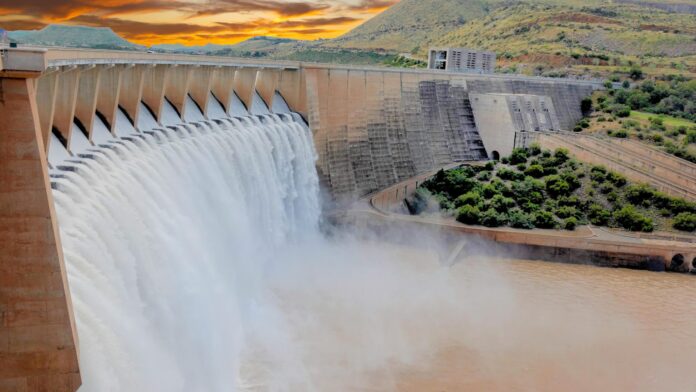Balancing Energy Needs with Environmental Protection
Frontpage Journal | Climate Insights
Hydropower has long been a cornerstone of Sri Lanka’s energy strategy, providing a significant portion of electricity while reducing reliance on imported fossil fuels. However, balancing hydropower development with environmental protection and social considerations is increasingly critical. Sustainable hydropower projects must meet energy demands without compromising river ecosystems, biodiversity, or community livelihoods.
Hydropower offers clear economic and environmental benefits. It generates reliable, low-carbon electricity, supports industrial growth, and contributes to national energy security. Unlike fossil fuels, hydropower produces minimal greenhouse gas emissions during operation, aligning with Sri Lanka’s climate commitments. Well-planned hydropower projects can stabilize electricity prices, attract investment, and facilitate integration of other renewable sources such as solar and wind into the national grid.
Yet, hydropower development carries ecological and social risks. Dam construction can alter river flows, disrupt aquatic habitats, and threaten fish populations. Reservoir creation may inundate forests and agricultural land, displacing communities and affecting livelihoods. Sedimentation and changes in water quality can further impact downstream ecosystems and agriculture. These challenges highlight the importance of careful planning and robust environmental assessments.
Sustainable approaches focus on minimizing impact while maximizing energy benefits. Small-scale hydropower plants, run-of-the-river systems, and multi-purpose reservoirs reduce ecological disruption compared with large dams. Environmental impact assessments, stakeholder consultations, and continuous monitoring ensure that biodiversity, water quality, and community needs are considered throughout project lifecycle. Integrating fish ladders, sediment management, and controlled water release strategies helps maintain ecological balance.
Policy and governance frameworks play a decisive role. Clear regulations, transparent permitting processes, and enforcement of environmental standards encourage responsible development. Incentives for private sector investment in sustainable hydropower and collaboration with international partners facilitate the adoption of best practices and innovative technologies. Financing mechanisms, such as green bonds, can support environmentally responsible projects while attracting global capital.
Hydropower sustainability is not only an environmental imperative but also a strategic economic priority. By balancing energy production with ecological protection, Sri Lanka can meet growing electricity demand, reduce carbon emissions, and safeguard natural resources for future generations. Properly managed hydropower projects demonstrate that economic growth and environmental stewardship are complementary, setting a model for sustainable energy development in the region.
For Sri Lanka, hydropower represents both opportunity and responsibility. Embracing sustainable practices ensures that the nation benefits from clean energy while preserving river ecosystems, protecting communities, and fulfilling its climate commitments. Strategic, responsible hydropower development is essential to secure a resilient, low-carbon energy future that supports national prosperity and environmental health.




